Educational Tour in Zakynthos: Ionian Writers & Poets
Dionysios Solomos, Andreas Kalvos, Gregorios Xenopoulos, Ugo Foscolo, Elisabeth Moutzan Martinegou.
Educational tours for writers and poets, whose origin and action are on the Ionian Islands, are part of the Polysemi program and are designed to effectively connect visitors to the rich and varied spiritual and cultural heritage of the Ionian Islands.
This educational tour concerns important writers and poets, who were either born, lived or lived and evolved literally on the island of Zakynthos, leaving as a valuable inheritance to the dependences a remarkable literary work.
The program and the suggested educational activities of the Educational Tour “Following the footsteps of the Ionian Writers & Poets” on the island of Zakynthos are listed.
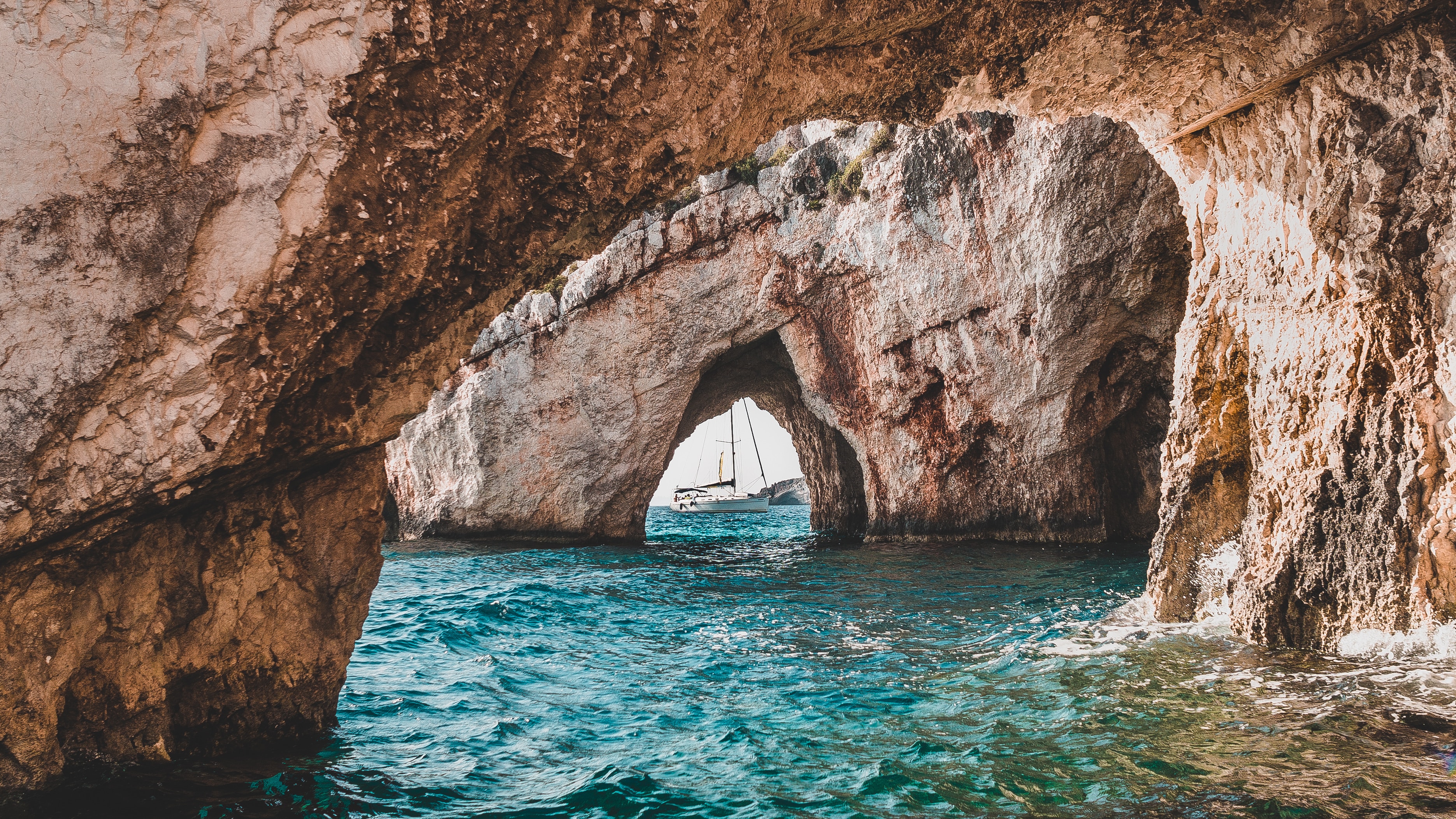
Day 1
Day 2
Program
Day 1
|
09.00 |
Meeting point at the Museum of D. Solomos & Eminent People of Zakynthos, San Marcos square. 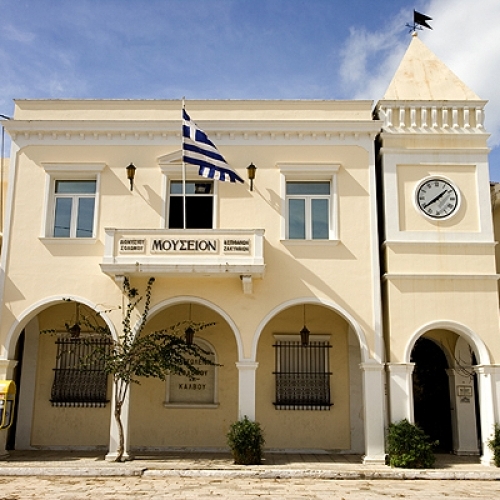
|
|
09.15 – 11.00 |
Visit and tour to the Museum. 1. Dionysios Solomos Hall 2. Preserved manuscripts of D. Solomos & Gr. Xenopoulos 3. Mausoleum – Bones of Dionysios Solomos & Andreas Kalvos |
|
11.00 -11.15 |
Tour to San Marcos Square and then to Solomos Square. 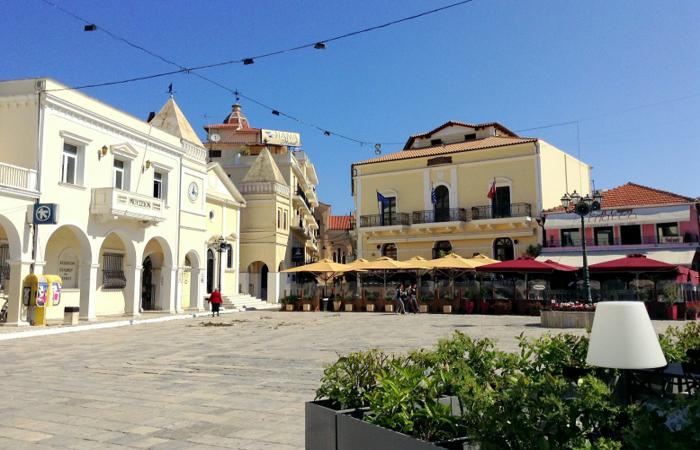
1. The tree of freedom in the center of the square, symbolizing the liberation from the Venetians and the reception of the French democratic. 2. The catholic church of San Marco. |
|
11.15 – 11.30 |
Solomos Square. 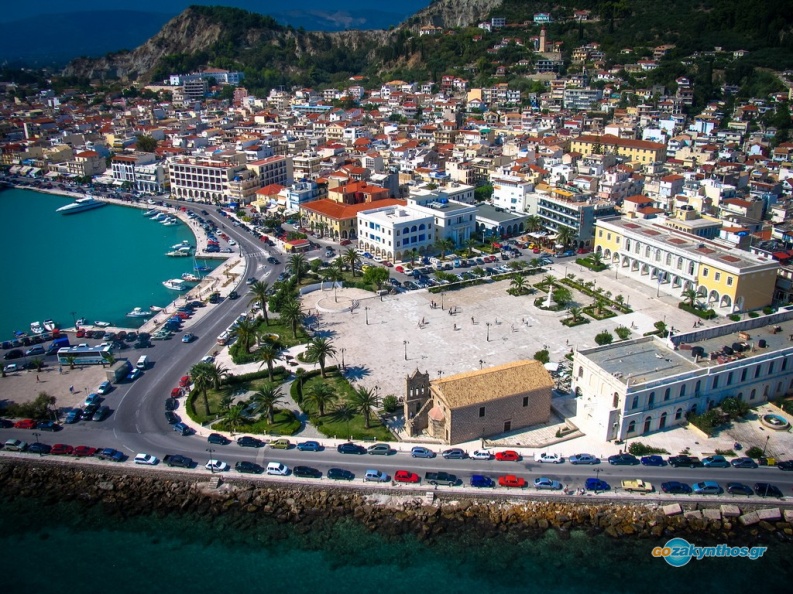
1.The Byzantine Museum 2. The Library 3. The Cultural Center 4. The Church of St. Nicholas of Molos 5. The statue of Dionysios Solomos |
|
11.45 – 12.30 |
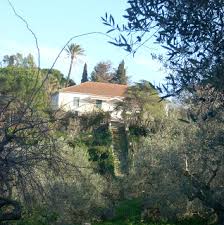 The House of Nicolaos Solomos-Tampakieri, Akrotiri. |
|
12.45 – 13.30 |
Mpochali. Strani Hill. 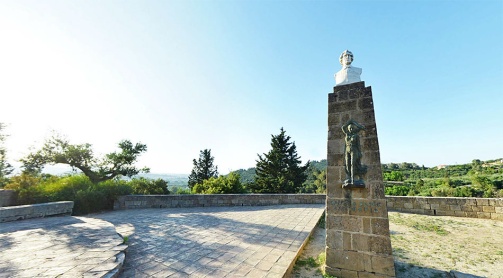
|
|
13.45 – 14.30 |
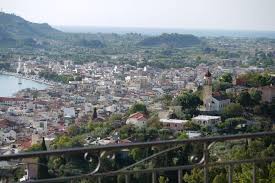 Mpochali’s square. Panoramic view of Zakynthos. |
|
15.00 |
Return to Solomos Square. Completion of Educational Tour. |
Day 2
|
09.00 |
Meeting point at the Gregorios Xenopoulos Museum. 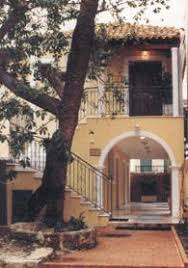
|
|
09.15 – 10.30 |
Visit and tour to the Museum. |
|
10.30 – 11.30 |
Visit to the Xenopouleios Library. 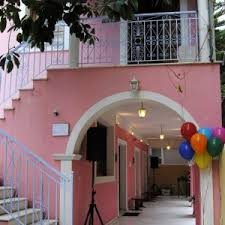
|
|
11.45 – 12.00 |
Ammos quarter.
|
|
12.15 – 13.00 |
Visit to the House of Ugo Foscolo. 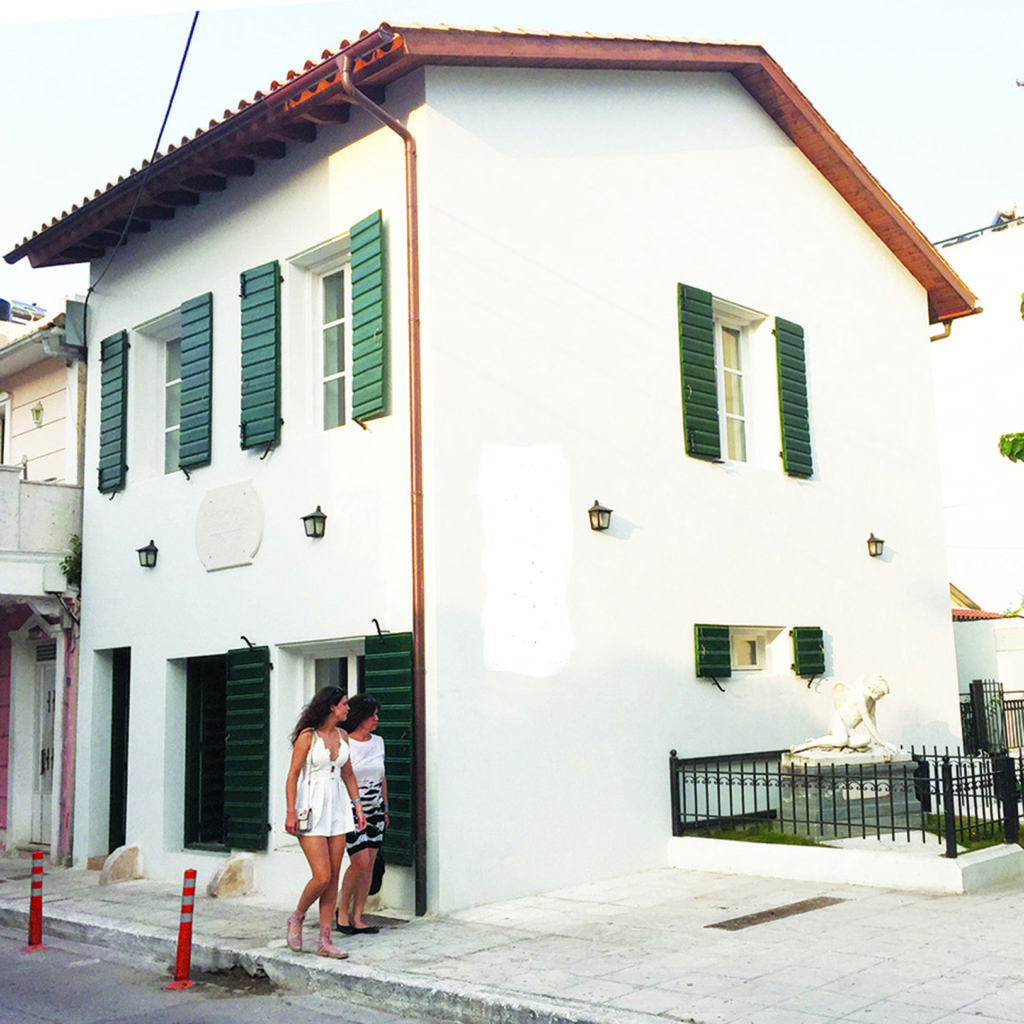
|
|
13.15 – 14.30 |
Municipal Theater of Zakynthos. Dramatization (theater play) of excerpts from the texts of Gregorios Xenopoulos & Elizabeth Moutzan Martinegou. |
|
15.00 |
Return to Solomos Square. Completion of Educational Tour. |
Suggested educational activities for secondary school students based on their participation in the Educational Tour “Following the footsteps of the Ionian Writers & Poets” in Zakynthos.
|
1. |
Creating a digital diary (google.doc) of impressions, ideas, thoughts about joining the Educational Tour. |
|
2. |
A compilation of narratives inspired by works by Ionian writers & poets. |
|
3. |
Creating a photographic collage: photographs of historic buildings, landscapes, statues etc. Example: Nicolaos Solomos – Tampakieri Mansion, House of Poet Ugo Foscolo, historic site of Strani Hill. |
|
4. |
Observation of historic buildings and depiction of their current use. Conclusions on the architecture of buildings (Italian influence). |
|
5. |
Watch a video about the life and literary activity of the Ionian writers & poets. Example: The town has spoken, D. Solomos & Andreas Kalvos https://archive.ert.gr/24799/ Ionian poets a) Round table discussion. b) Assigning a single artist per group: The aim is to edit selected works from the artist’s work and present the results in plenary (use of padlet). Suggested venues beyond the classroom: Xenopouleios Library, Solomos Museum. |
|
6. |
Dramatization (theater play) of excerpts from the texts of Gregorios Xenopoulos & Elizabeth Moutzan Martinegou. Suggested venues of the activity: Municipal Theater of Zakynthos, Outdoor Municipal Theater of Zakynthos. |
|
7. |
Searching for information on the life and work of Ionian writers & poems through a) sources such as books, encyclopedias, manuscripts, photographs, b) the Internet, eg. Portal for Greek Language / Literature http://www.greek-language.gr/greekLang/literature/index.html, Modern Greek Studies, Modern Greek Literature & Culture http://www.snhell.gr/. Suggested venues beyond the classroom: Xenopouleios Library, Xenopoulos Museum, Solomos Museum. |
|
8. |
Composition of artistic works. Painting illustration of poems or literary texts of the Ionian writers & poets. |
|
9. |
Exhibition at the school premises consisting of students’ artistic creations, photographs of historical buildings and natural spaces related to the life of the writers & poets, viewing video of their participation in the Educational Tour “Following in the footsteps of the Ionian Writers & Poets” in Zakynthos. |
|
10. |
Creation of a timeline (www.timetoast.com) of the entire work of the Ionian writers & poets. |
|
11. |
“Ionian writers & poets presenting themselves”. Short autobiographical note using blabberize.com. |
The Importance of Student Participation in Educational Tours
An educational tour offers students of all ages an opportunity for a rich immersion experience. On an educational tour students experience culture firsthand. Students come to appreciate parts of the local community on a much deeper level than they ever could in the classroom..
Effective Learning
While classroom learning may give them an opportunity to apply their learning on hypothetical situations, an educational tour, on the other hand, makes students face real-life problems. Coming up with solutions makes them innovative thinkers. When learning is accompanied by fun, excitement, and enjoyment, it becomes really interesting.
Exchange of Ideas
An educational tour offers the perfect informal set-up for lively discussions. Group- discussion is also one of the most effective tools of education. Real life experiences like educational tours to science museums, museums of history and arts, places of research, or visits to historic sites are priceless as they provide a dynamic aspect in learning process.
Personal Development
An educational tour away from the comfort of school fosters independence, leadership skills, and communication skills. An exchange of cultural values allows for them to become more accommodating personalities. The experience of travel makes them independent individuals and helps establish lifelong values and priorities.
Enhances Perspective
An educational tour to new places is not just a fun get-away from the daily school program. It is about exploring new environments and cultures. One of the most important benefits of an educational tour is that it subtly develops an understanding of various social issues in their local society or around the world. They become more empathetic and respectful towards other cultures as well as towards their own.